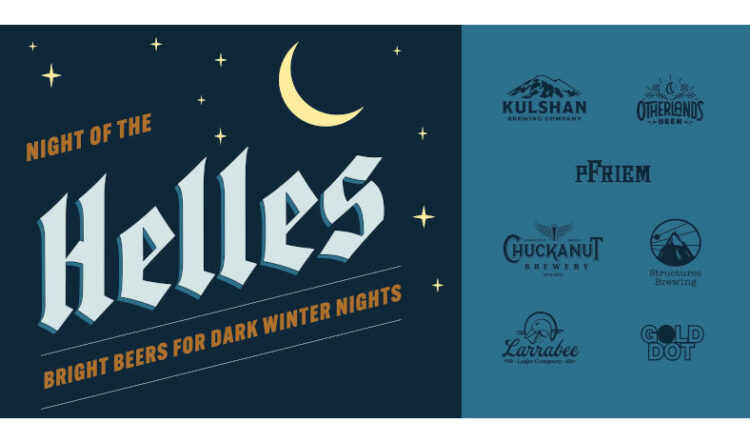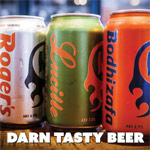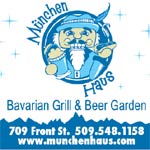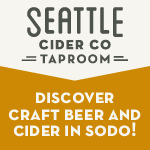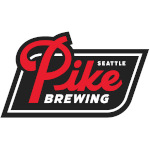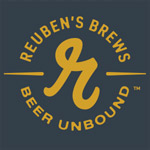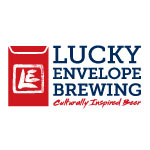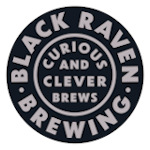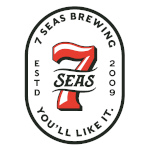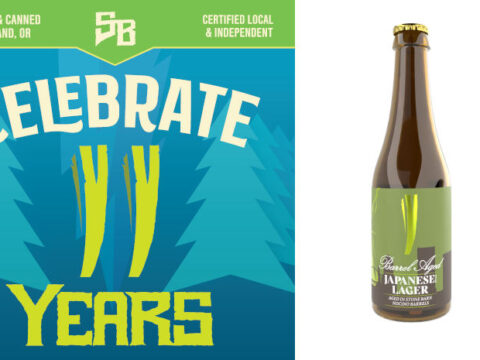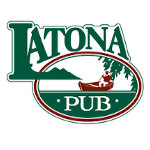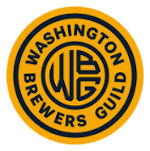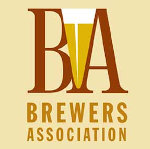Night of the Helles is back for a fourth year!
Kulshan Brewing and Otherlands Beer invite you to the fourth annual Night of the Helles on February 22nd at Kulshan Brewing’s Roosevelt Taproom (K2) from 5:00–9:00 PM. Enjoy seven of the finest examples of Helles lagers produced in the U.S. from a select group of Northwest craft breweries.
Enjoy Helles from
- Kulshan Brewing
- Otherlands Beer
- Chuckanut Brewery
- Larrabee Lager
- Structures Brewing
- pFriem Family Brewers
- Gold Dot Beer
You’ll find examples of helles on tap from each of the seven breweries. Order a flight of 5-ounce pours and examine them all side by side. Enjoy live music from 5:00 until 7:00.
Kulshan Brewing shared some information about the style. “Originating in 1894, Helles was the city of Munich’s response to the growing popularity of the Pilsner style across Europe. Spatenbräu was the first to brew it but was quickly followed by other Munich breweries.”
Many beer enthusiasts in the U.S. are still learning about the various traditional lager styles, so I’ll add this. The German word Helles translates to “pale,” “bright,” or “light.” The style of beer bearing the name is always pale golden-yellow. If it’s not, it’s not a helles. See the BJCP style guide for helles.

The German tradition is to create a more round and full-bodied beer than many other light lagers. The malty character adds sweetness to balance the hop character, which might be spicy, bitter, or both. When I say “hop character,” I am not talking about an IPA-like hop character. When I say “sweetness,” I am not talking about the kind you find in a pastry stout.
The malt body lends helles a cracker-like or bready character, so it pairs well with many different types of food, just like bread and crackers do. The aroma may include a slight minerally or sulfur character, which is acceptable for the style.
My thoughts on Helles
Many American craft brewers are putting their own twists on this traditional style. While there is room for some respectful variation, if it leans too heavily into the hop character, as many American craft brewers are wont to do, the beer loses the malty character that is at the heart of the style. Many of today’s fruity, citrusy, dank hop varieties have no place in a helles.
The malt character should be full but not sticky-sweet or cloying. Ideally, it manages to have a rich malt character but also veers toward the dry side. Helles pleases your palate, but it shouldn’t weigh on your palate. Your palate does not get fatigued or numb, nor does it get bored. I look for a helles to have what I call a more-ish quality, with one sip inviting the next.

Visit our Events page for information about other upcoming beer events.

